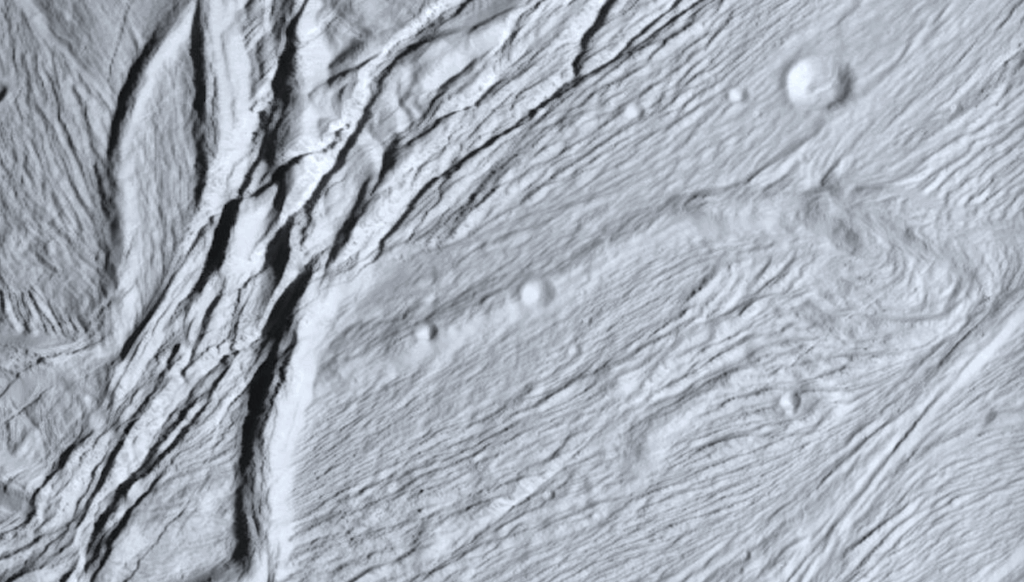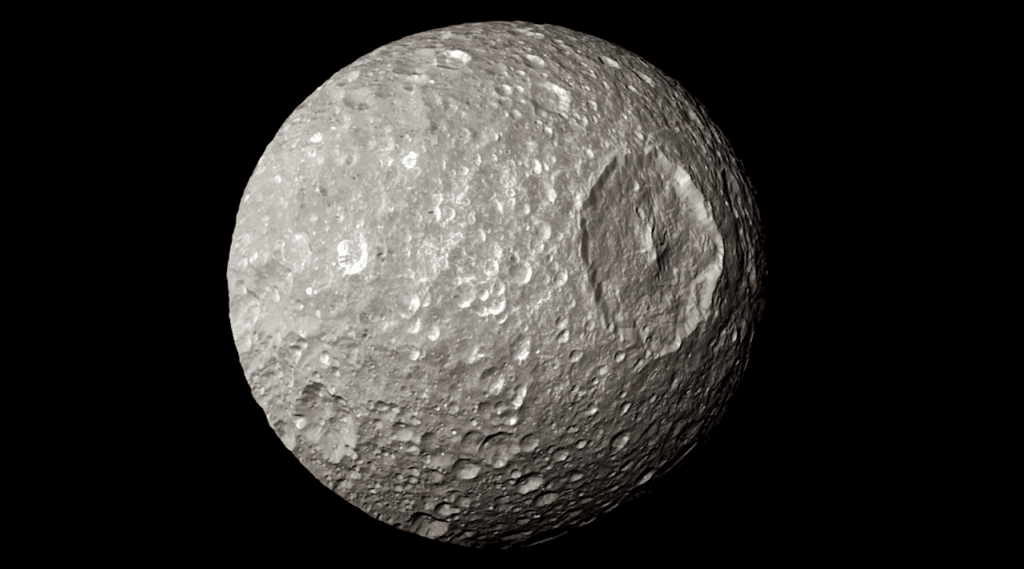Differing Enceladean Ocean Circulation And Ice Shell Geometries Driven By Tidal Heating In The Ice Versus The Core

Beneath the icy shell encasing Enceladus, a small icy moon of Saturn, a global ocean of liquid water ejects geyser-like plumes into space through fissures in the ice, making it an attractive place to investigate habitability and to search for extraterrestrial life.
The existence of an ocean on Enceladus has been attributed to the heat generated in dissipative processes associated with deformation by tidal forcing. However, it remains unclear whether that heat is mostly generated in its ice shell or silicate core. Answering this question is crucial if we are to unravel patterns of ocean circulation and tracer transport that will impact both the habitability of Enceladus and our ability to interpret putative evidence of any habitability and/or life.
Using a nonhydrostatic ocean circulation model, we describe and contrast the differing circulation patterns and implied ice shell geometries to be expected as a result of heating in the ice shell above and heating in the core below Enceladus’ ocean layer. If heat is generated primarily in the silicate core we would predict enhanced melting rates at the equator. In contrast, if heat is primarily generated in the ice shell we would infer a poleward-thinning ice geometry consistent with Cassini Mission observations.
Wanying Kang, Suyash Bire, Jean-Michel Campin, Christophe Sotin, Christopher German, Andreas Thurnherr, John Marshall
Subjects: Earth and Planetary Astrophysics (astro-ph.EP)
Cite as: arXiv:2008.03764 [astro-ph.EP] (or arXiv:2008.03764v1 [astro-ph.EP] for this version)
Submission history
From: Wanying Kang
[v1] Sun, 9 Aug 2020 17:02:46 UTC (3,721 KB)
https://arxiv.org/abs/2008.03764
Astrobiology








